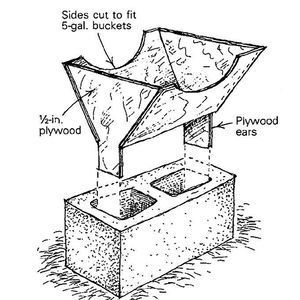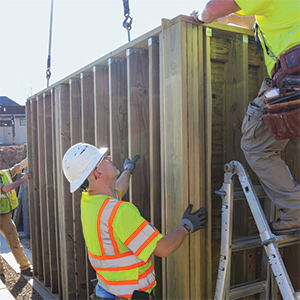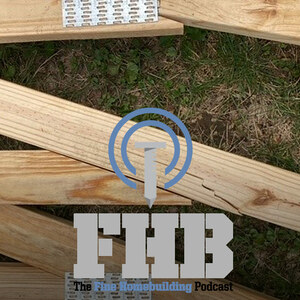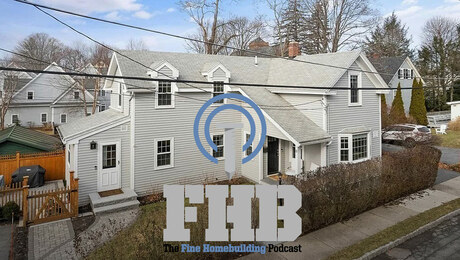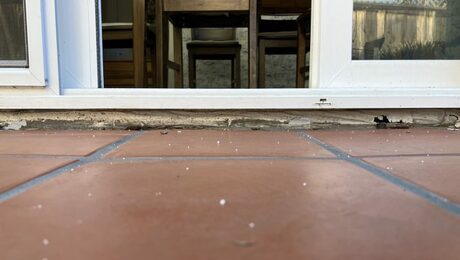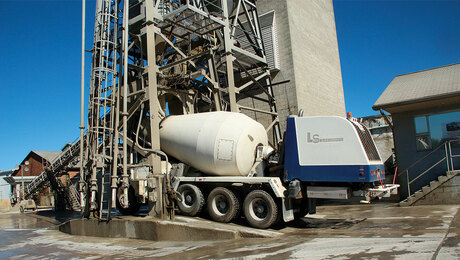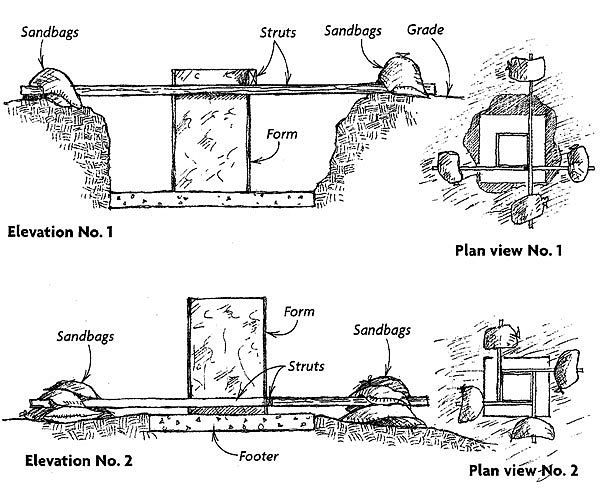
Jonathan White’s method for anchoring pyramid-shaped footing forms on a sloped site (see Preventing pier-form uplift) brought to mind another approach that I have used to solve similar problems. As shown in the drawings, a combination of struts and sandbags can often be a suitable substitute for conventional anchorages when applied in certain applications. Rocky soil or winter conditions are two such situations when driving stakes into the ground just won’t work. Strut-braced forms also have the advantage of not obstructing the mouth of the form, and they don’t require the loss of valuable anchorage materials, such as threaded rods, inside the cast concrete.
Please note that I’ve deliberately not given any dimensions to these configurations. They would depend entirely on the specific size and shape of the form being used. For more detailed information on formwork, I suggest you contact the American Concrete Institute (www.aci-int.org).
To use this method, I first place my form on the footer or subgrade to evaluate the working clearances and the best approach path for the concrete. Then I use whatever scraps of furring strips or 2x3s I have available as strut material. I attach them parallel to grade and make them of sufficient length to project well beyond the form. They should stay clear of my working space and my approach path.
I then fill sandbags with whatever backfill is handy and place them atop the struts in sufficient quantity to counteract the weight of the concrete in the form. I am typically working with post pedestals in the 1-cu. ft. to 2-cu. ft. range, and it’s easy to pile on more than enough bags to deal with these loads. My criteria is to use enough bags that when I shove the form hard, it shows no appreciable movement. And I keep plenty of bags on hand should I need more bracing.
The sandbags should be placed so that they drape over the struts and make positive contact with the ground or with additional sandbags placed below the struts, as shown in elevation No. 2. On occasion I have also placed additional bags around the base of the forms to provide more lateral and torsional resistance. The critical thing to keep in mind is that concrete is heavy, is surprisingly plastic and prefers to assume the general shape of a cow pie rather than the shape you have in mind. It never hurts to overbuild or overbrace forms more than you think is necessary.
By the way, 25-lb. and 50-lb. woven polyfiber seed and feed bags are excellent for sandbags. They are likely to be available for free from your landscape subs and local livestock farms.
—Christopher T. Gale, Fallston, MD
Edited and illustrated by Charles Miller
From Fine Homebuilding #142







